#fossil insect
Explore tagged Tumblr posts
Text

collection of Triassic dragonfly fossils in China
#dragonfly#fossil insect#bug fossil#insect#China#fossil#fossils#png#transparent#ebay#paleontology#paleoblr#bug
613 notes
·
View notes
Photo

Fossil Insect Cranefly Eocene Colorado USA Genuine Specimen w/ COA
Own a remarkable piece of prehistoric history with this genuine Cranefly fossil from the Eocene Epoch, discovered in Colorado, USA. This finely preserved specimen offers a fascinating glimpse into the insect life of the Eocene, approximately 56 to 33.9 million years ago.
Craneflies, belonging to the family Tipulidae, are often mistaken for large mosquitoes but are harmless. Their delicate wings and long legs make them distinctive and aesthetically captivating fossil subjects. This fossil clearly shows the graceful features that define craneflies, beautifully embedded in a natural matrix.
Key Features:
Species: Cranefly (Family: Tipulidae)
Geological Period: Eocene
Location Found: Colorado, USA
Authenticity: All of our fossils are 100% genuine specimens and come with a Certificate of Authenticity.
Sizing: Please refer to the listing photo for scale. The scale cube shown is 1cm for reference.
What You See Is What You Get: The photo in the listing is of the exact specimen you will receive.
This fossil has been carefully selected for its scientific interest and visual appeal. It's an excellent addition for collectors, educators, and anyone with a passion for Earth's ancient past. Whether you're starting a fossil collection or enhancing an existing one, this Cranefly specimen is a unique and valuable piece.
Fast shipping and careful packaging ensure that your fossil arrives safely and ready for display.
Add this beautiful, authentic Cranefly fossil to your collection today!
#fossil insect#cranefly fossil#eocene fossil#colorado fossil#genuine fossil#fossil certificate#tipulidae#prehistoric insect#fossil specimen#fossil collection#authentic fossil#paleoentomology#natural history#fossil gift#insect fossil display
0 notes
Text
She looks so mad to be trapped in amber! Free her!
Hell ant
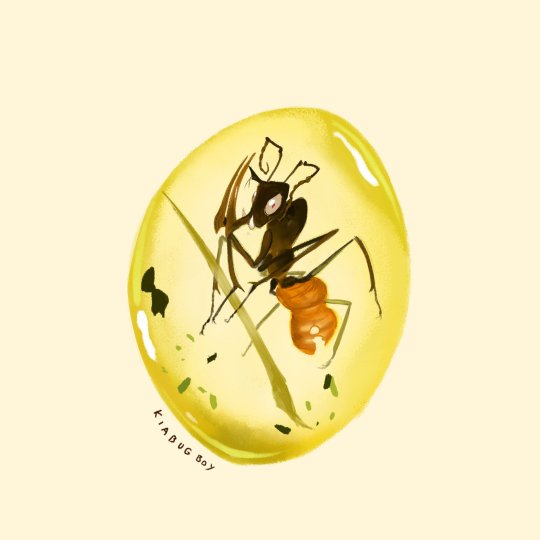

Photo Credit: Barden, Herhold, Grimaldi, 2017
#paleoart#ants#hadiomyrmex#hell ant#art#digital art#illustration#fossil amber#insect#paleo art#fossil ant#myrmecology#fossil insect#haidomyrmex#palaeoblr#antposting
589 notes
·
View notes
Text
What can we learn from a dinosaur feather preserved in amber? Let’s go behind the scenes of the Museum’s collection of amber fossils to find out!
#science#amnh#museum#fossil#natural history#nature#animals#dinosaur#fact of the day#paleontology#did you know#natural history museum#museum of natural history#amber#cool animals#evolution#stem#insects#entomology#museum collections#ancient animals#prehistoric animals#dinosaurs
5K notes
·
View notes
Text
A team of paleontologists affiliated with several institutions in Argentina, working with a colleague from the U.K., has discovered evidence of scales from lepidopterans in dung samples recovered from a dig site in Talampaya National Park, Argentina. In their paper published in the Journal of South American Earth Sciences, the group describes how they found the scales in the dung samples and what the find means for scientists who study butterflies and moths.
Continue Reading.
1K notes
·
View notes
Text
YO NEW HELL ANT JUST DROPPED

IN THE SOUTHERN HEMISPHERE NO LESS
This is from a study just published a few days ago by Lepeco et al. (2025).
Hell ants (subfamily: Haidomyrmecinae) are super cool ants that possessed vertically closing jaws.
Below is a model of the ant's body/anatomy generated via micro-computed tomography

Vulcanidris cratensis is a new species discovered in Brazil. It dates back to the lower Cretaceous, and at the time of writing, is now the oldest known ant to science!

#hell ants#haidomyrmecinae#new study#science#insects#bugs#ants#myrmecology#entomology#ecology#fossils#paleo#tomography#computed tomography#cool science#science side of tumblr#sci comm#brazil#bugblr#bug#paleontology#paleoblr#paleobiology#paleoentomology
845 notes
·
View notes
Text









shop update is live! a bunch of new stuff, along with restocks of the man i love fish bumper sticker and oarfish lanyards :) my old stickers are also still on sale.
friendly reminder that if you order the garibaldi fundraising sticker along with anything new, your entire order will be held for shipping once the preorder stickers arrive. if you want them separately, checkout in two transactions. thanks!
#my art#digital art#marine biology#insect#fossils#tiktaalik#tarantula#whip scorpion#arachnid#isopod#isopods#crinoid#frog#fish#oarfish#bumper sticker
467 notes
·
View notes
Text
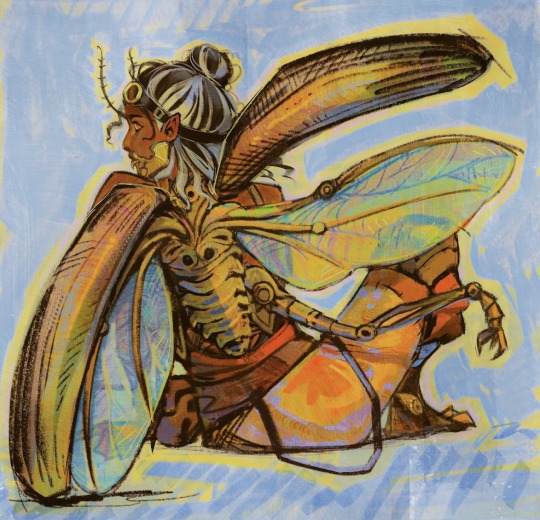
artfight attack on @/jayzhine (jaizedragon on af)
308 notes
·
View notes
Text
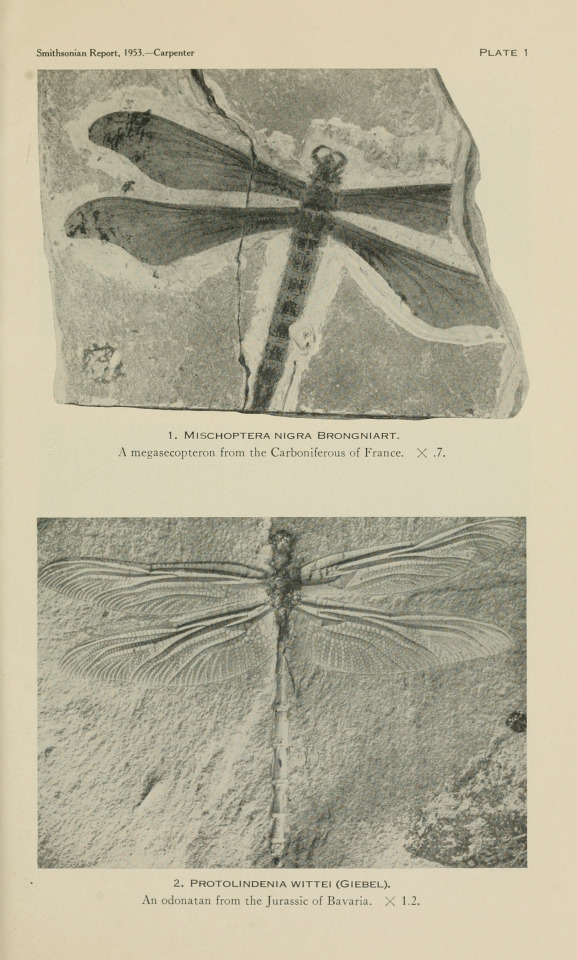
Fossilized dragonflies. Annual report of the Board of Regents of the Smithsonian Institution. 1953.
Internet Archive
#jurassic#carboniferous#insect#insects#fossil#fossils#government publications#paleobiology#paleontology#nemfrog#1953#1950s#1k
1K notes
·
View notes
Text
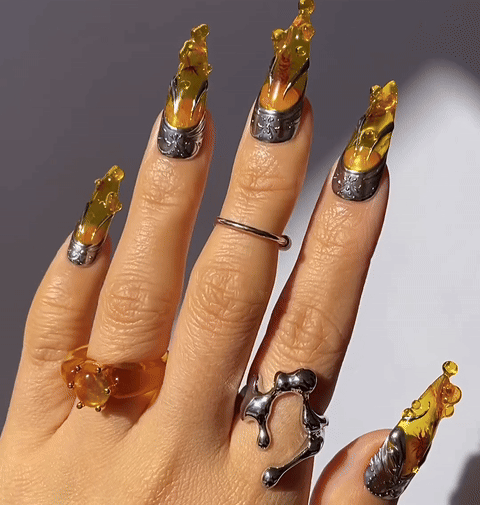
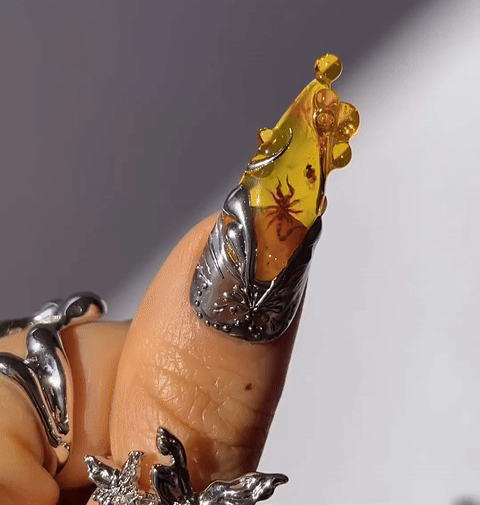
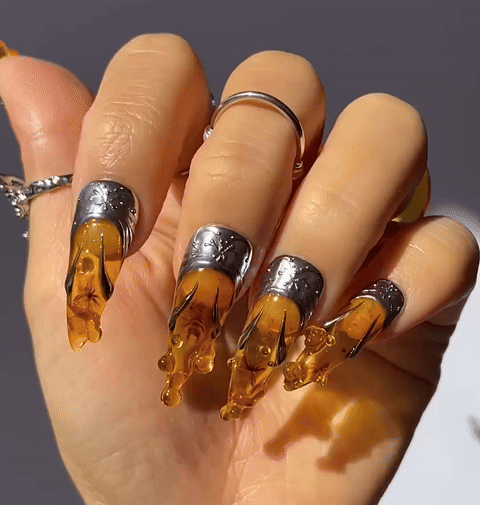
amber fossil nail art 🦂 | sansungnails on ig
#stim#nails#nail art#amber fossils#sfw#yellow#silver#clear#brown#scorpions#arachnids#fake animals#armor#insects#bugs#shiny#rings#jewelry#hands#long nails#ishy gifs#postish
74 notes
·
View notes
Text
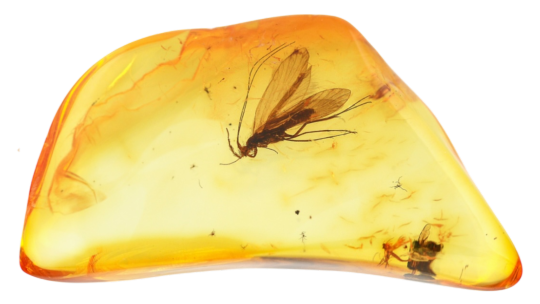
Fossil Tube-Making Caddisfly (Psychomyiidae) In Baltic Amber
#caddisfly#tube making caddisfly#Amber#baltic amber#amber fossil#fossil insect#bug fossil#png#transparent#paleontology#prehistoric#paleoblr#bug
221 notes
·
View notes
Photo

Fossil Insect Cranefly Eocene Colorado USA Genuine Specimen w/ COA
Own a remarkable piece of prehistoric history with this genuine Cranefly fossil from the Eocene Epoch, discovered in Colorado, USA. This finely preserved specimen offers a fascinating glimpse into the insect life of the Eocene, approximately 56 to 33.9 million years ago.
Craneflies, belonging to the family Tipulidae, are often mistaken for large mosquitoes but are harmless. Their delicate wings and long legs make them distinctive and aesthetically captivating fossil subjects. This fossil clearly shows the graceful features that define craneflies, beautifully embedded in a natural matrix.
Key Features:
Species: Cranefly (Family: Tipulidae)
Geological Period: Eocene
Location Found: Colorado, USA
Authenticity: All of our fossils are 100% genuine specimens and come with a Certificate of Authenticity.
Sizing: Please refer to the listing photo for scale. The scale cube shown is 1cm for reference.
What You See Is What You Get: The photo in the listing is of the exact specimen you will receive.
This fossil has been carefully selected for its scientific interest and visual appeal. It's an excellent addition for collectors, educators, and anyone with a passion for Earth's ancient past. Whether you're starting a fossil collection or enhancing an existing one, this Cranefly specimen is a unique and valuable piece.
Fast shipping and careful packaging ensure that your fossil arrives safely and ready for display.
Add this beautiful, authentic Cranefly fossil to your collection today!
#fossil insect#cranefly fossil#eocene fossil#colorado fossil#genuine fossil#fossil certificate#tipulidae#prehistoric insect#fossil specimen#fossil collection#authentic fossil#paleoentomology#natural history#fossil gift#insect fossil display
0 notes
Text

New team character for artfight! I've been making a themed design each year so far and I really like this one a lot, she's just a goofy beast.
#my art#my characters#creature design#character design#paleo#artfight#team fossils#Amber#bug#insect#dinosaur
78 notes
·
View notes
Text
173 notes
·
View notes
Text
Chinese Academy of Sciences researchers report that fossilized entomopathogenic fungi from mid-Cretaceous amber reveal some of the oldest direct evidence of parasitic relationships between fungi and insects, suggesting that Ophiocordyceps fungi originated approximately 133 million years ago and underwent early host shifts that shaped their evolution. Entomopathogenic fungi have evolved extraordinary ways to turn insects into unwitting accomplices in their own demise. Among the most famous are the "zombie ant fungi," Ophiocordyceps unilateralis, which infect carpenter ants in tropical rainforests. After infecting the ant's body, the fungus hijacks the host's nervous system, compelling it to abandon the safety of its nest.
Continue Reading.
177 notes
·
View notes
Note
dinosaur ant (N. macrops) stimboard would be really cool!!!


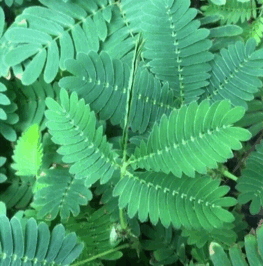


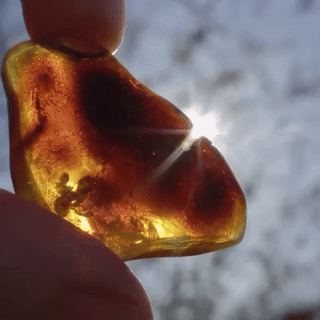
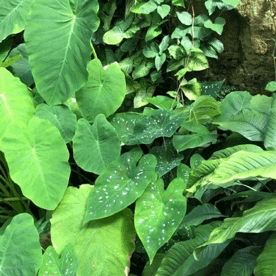


Graaaaagh
🦖-🦖-🦖|🦖-🐜-🦖|🦖-🦖-🦖
#bugblr#insectblr#bug#bugs#insect#insects#entomology#ants#ant#myrmecology#Stim#Stimboard#Fossil#Dinosaur#Amber#Plants#Leaves#Orange#Green
71 notes
·
View notes